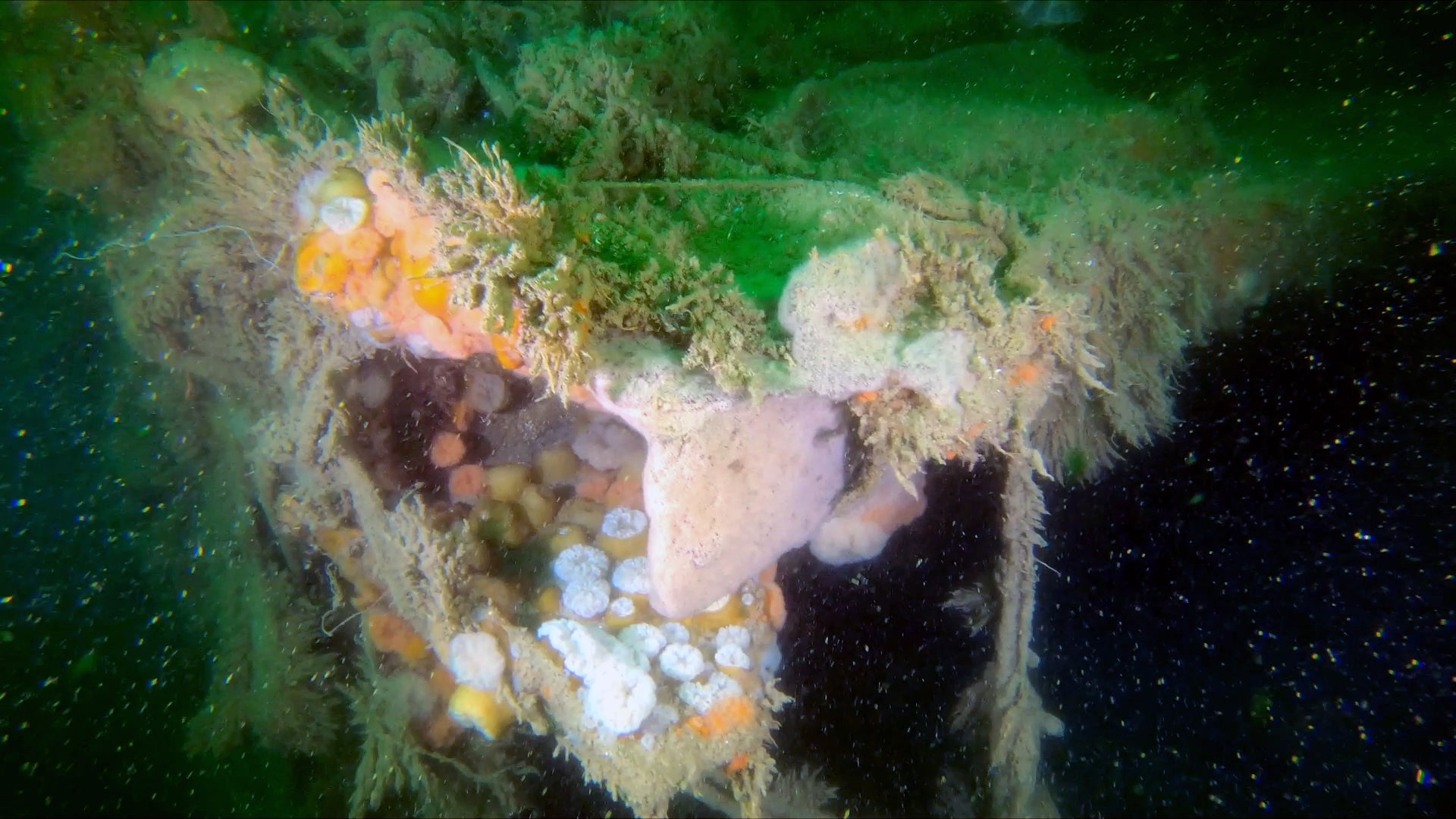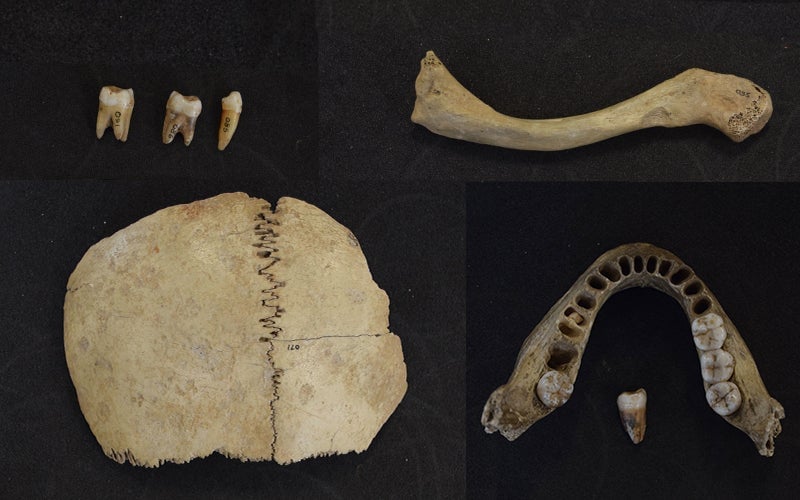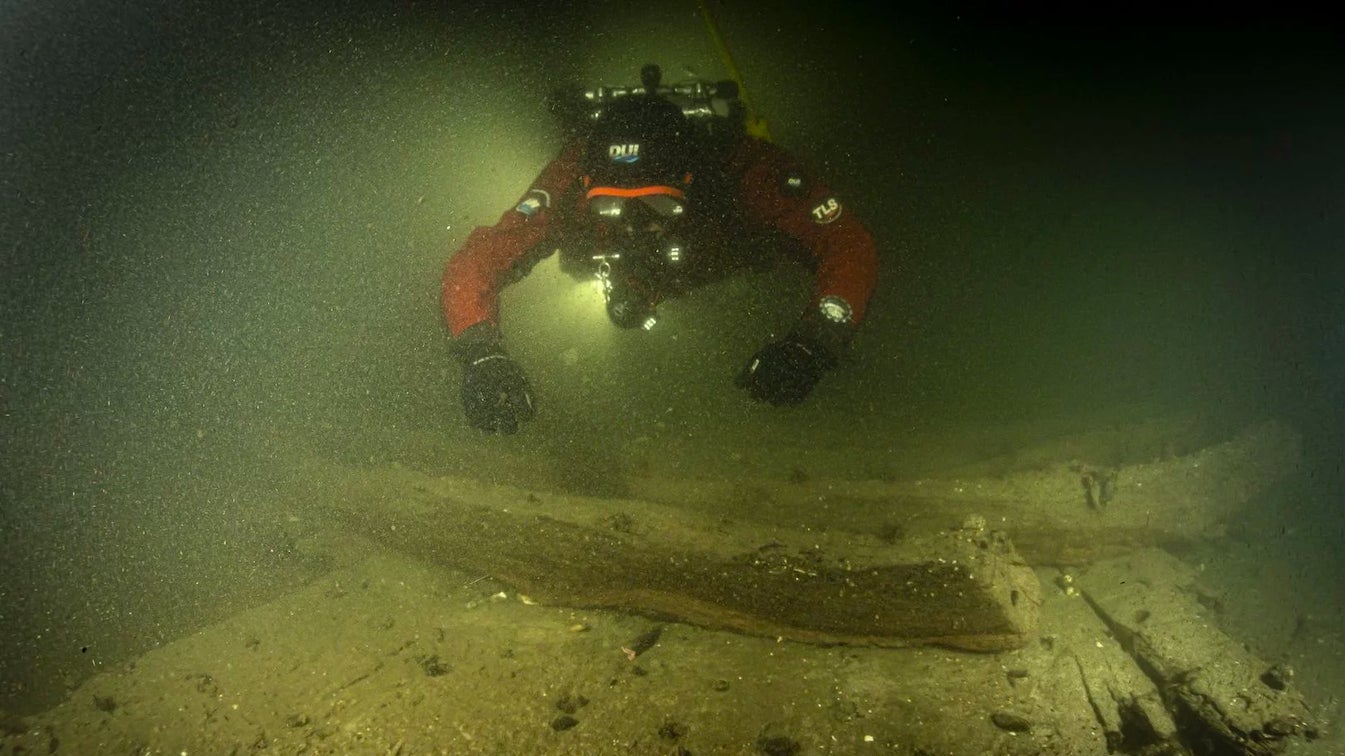A recent study reveals that the V-1302 John Mahn, a German fishing trawler repurposed as a patrol boat during World War II and sunk by the British Royal Air Force in 1942, is leaking hazardous pollutants into the North Sea. The wreck, which has rested on the seafloor for over 80 years, continues to release toxic substances, posing a potential threat to the marine environment.
A Toxic Legacy: Pollutants from the John Mahn
Researchers in Belgium analyzed samples from the ship’s steel hull and surrounding sediments, uncovering the presence of heavy metals like nickel and copper, polycyclic aromatic hydrocarbons (PAHs) typically found in crude oil and gasoline, arsenic, and explosive compounds. These findings confirm that the materials aboard the V-1302 John Mahn have been leaching into the surrounding waters since its sinking.
The Broader Problem of WWII Shipwrecks
This discovery highlights a larger concern regarding the numerous shipwrecks from World Wars I and II scattered across the ocean floor. Previous research estimates these wrecks may contain up to 20 million metric tons of petroleum products, representing a massive amount of pollutants slowly seeping into the sea. Furthermore, an estimated 1.6 million metric tons of ammunition were either sunk or dumped into European waters after World War II, adding to the potential environmental hazard.
The Corroding Threat and Environmental Impact
Studies of other WWII shipwrecks have revealed similar pollutant leakage, indicating the V-1302 John Mahn is not an isolated incident. As these wrecks continue to corrode, more openings in the hulls are created, potentially exacerbating the release of harmful substances and their impact on marine life. The North Sea alone holds thousands of shipwrecks, many carrying hazardous materials.
Balancing Preservation with Environmental Protection
The challenge lies in balancing the preservation of these shipwrecks as historical artifacts with the need to mitigate their environmental impact. While some salvaging efforts aim to remove toxic materials, illegal salvage operations pose a further threat to both the wrecks and the environment. The recent study underscores the fact that even seemingly inert shipwrecks can have significant, albeit microscopic, impacts on the surrounding marine ecosystem.
A Call to Action
The ongoing pollution from WWII shipwrecks necessitates further research and action. Developing strategies to address the long-term environmental consequences of these underwater hazards is crucial for protecting our oceans.











